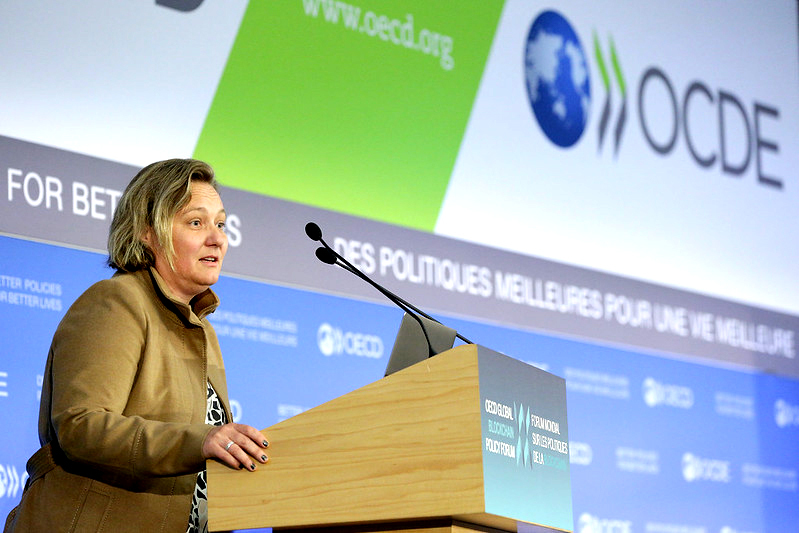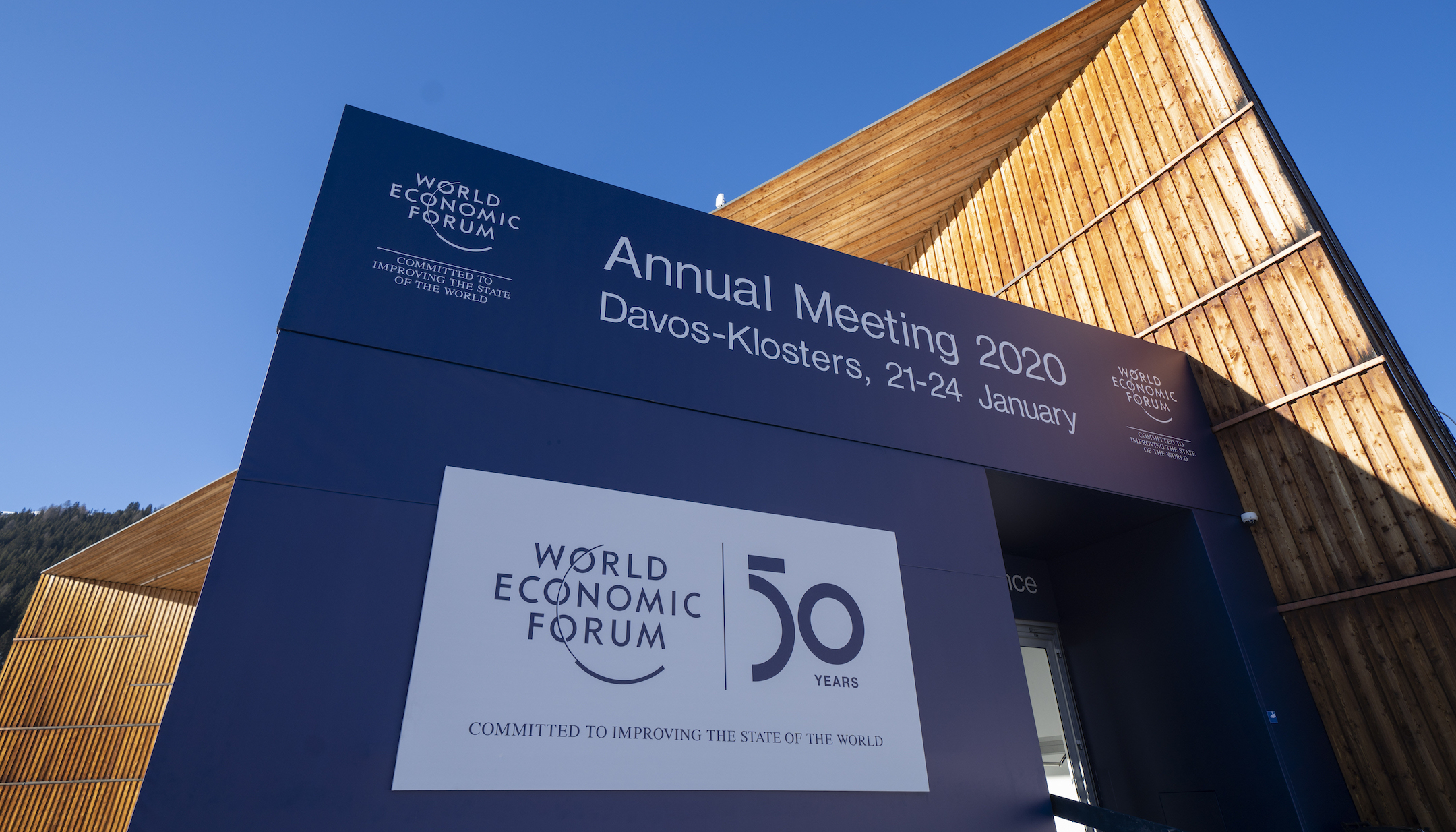In December 2022, the European Union’s (EU’s) Carbon Border Adjustment Mechanism (CBAM) was officially approved. The tool places a price on the carbon emitted during the production of carbon-intensive goods that are entering the EU and aims to equate the carbon price of imports to the carbon price of domestic production.
Companies importing raw materials and other goods into the EU must purchase CBAM certificates corresponding to the volume of the embedded direct emissions (also known as Scope 1 emissions). Once the transition phase has been completed on January 1, 2026, importers will need to declare each year the number of goods, and the associated embedded carbon, imported into the EU from the preceding year.
The introduction of this legislation indicates a new dawn on evidencing carbon emissions and governments and global supply chains are already preparing for the broad application of similar tools and additional adjustment mechanisms. Since this particular CBAM is designed to progress the EU’s climate objectives and incentivise cleaner non-EU industrial production, there is pressure now placed on businesses outside the EU to become more sustainable to ensure they remain competitive in the EU market.
Currently, limited information is available on the reporting, calculation and certification process. However, it is clear businesses will need to adapt their reporting and measuring systems to comply with the regulations, especially as more products are included and carbon border adjustment mechanisms expand to a point where it is the norm, not the exception. Reporting may not be the only process impacted during this implementation. Businesses’ overall sourcing could be disrupted as they look for more sustainable, affordable or accessible supply chains.
For the Critical Minerals sector in particular, the carbon intensity of production will become a key performance metric for major customers, off-takers and banks in the trade of critical minerals and energy materials. Customers along supply chains will need to accurately verify and record embedded carbon per unit of production, starting with Scope 1 (direct) emissions and expanding to include Scopes 2 (grid electricity) and 3 (indirect emissions). It is expected that the CBAM will expand to include a wider range of critical raw materials and potentially include finished or semi-finished products, such as cars.
Everledger has already been working with miners and producers to provide a platform to show, tell and sell their sustainability story and evidence of GHG emissions.
The Everledger Platform can underpin CBAM compliance systems as it streamlines the industry’s ability to securely and interoperably share key information with supply chain partners. This allows organisations to report verified greenhouse gas emissions (GHG) embedded in imports and clearly break down what is included in Scope 1, 2 and 3. Furthermore, the Everledger Platform is agnostic to geographical regions or product types, which allows for complex supply chains to be tracked and grouped together. The platform is essential for trade in high-value raw materials with complex value chain risk profiles. Everledger was founded to protect and enhance the value of responsibly sourced diamonds from rough stones through a complex network of traders, cutters, wholesalers and retailers. Our platform’s immutable blockchain ledger creates and protects market and brand value, with active clients across other complex industries including high-value textile raw materials, apparel, high-end spirits, and energy.
Is your business and your supply chain prepared for the future of international trade? Contact us to find out how the Everledger Platform can help your business prepare for and comply with new Carbon Border Adjustment Mechanisms.










